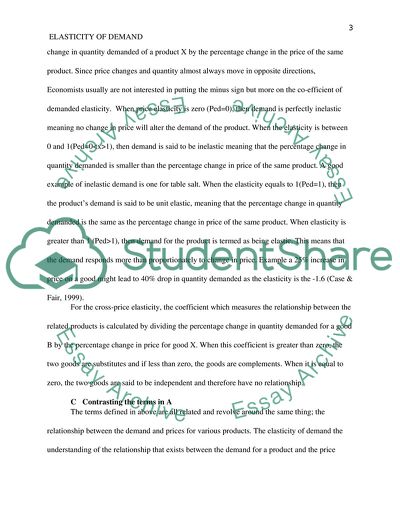Cite this document
(Elasticity of Demand Coursework Example | Topics and Well Written Essays - 1750 words, n.d.)
Elasticity of Demand Coursework Example | Topics and Well Written Essays - 1750 words. https://studentshare.org/macro-microeconomics/1773786-price-elasticity
Elasticity of Demand Coursework Example | Topics and Well Written Essays - 1750 words. https://studentshare.org/macro-microeconomics/1773786-price-elasticity
(Elasticity of Demand Coursework Example | Topics and Well Written Essays - 1750 Words)
Elasticity of Demand Coursework Example | Topics and Well Written Essays - 1750 Words. https://studentshare.org/macro-microeconomics/1773786-price-elasticity.
Elasticity of Demand Coursework Example | Topics and Well Written Essays - 1750 Words. https://studentshare.org/macro-microeconomics/1773786-price-elasticity.
“Elasticity of Demand Coursework Example | Topics and Well Written Essays - 1750 Words”. https://studentshare.org/macro-microeconomics/1773786-price-elasticity.


